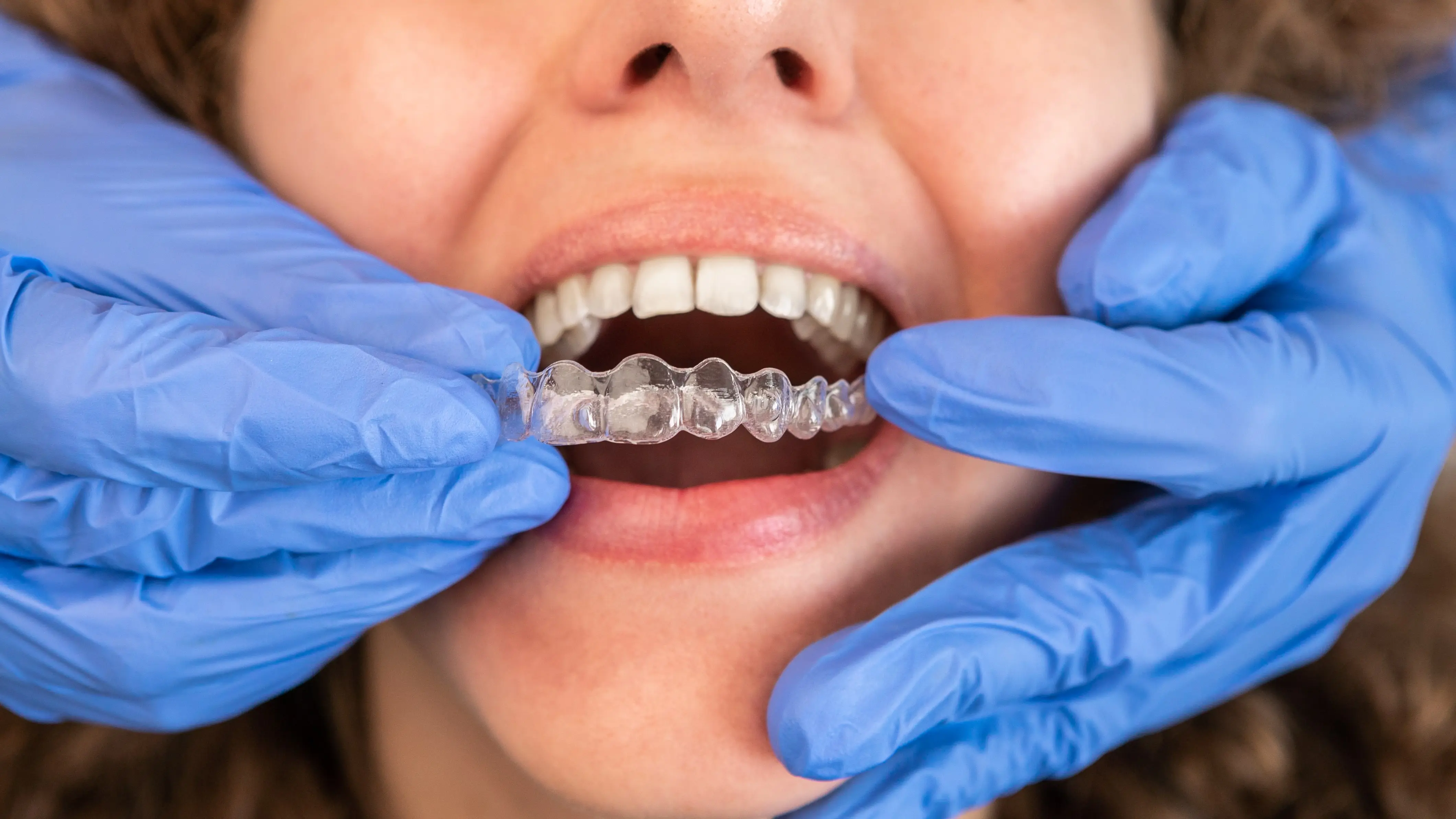Can You Switch from Braces to Invisalign? Everything You Need to Know About Mid-Treatment Changes

Many people wonder if they can make the switch from traditional metal braces to Invisalign clear aligners during their treatment.
Who Can Transition from Braces to Invisalign
You may qualify for switching if your orthodontic issues are mild to moderate. Invisalign works best for these common problems:
- Crowded teeth
- Gaps between teeth
- Overbite or underbite
- Crossbite
Ideal candidates include teens and adults who need continued alignment after partial treatment with metal braces. You're also a good fit if you maintain excellent oral hygiene.
Some complex orthodontic issues still require traditional braces. Severe rotations, large gaps, or significant bite problems may not respond well to Invisalign.
Your age doesn't prevent switching. Many adults choose this option for professional or social reasons.
Key Considerations Before Making the Switch
Cost factors play a major role in your decision. Switching mid-treatment often means paying for two separate treatments. Insurance typically covers one orthodontic treatment per lifetime.
You'll need a strong commitment to wear your aligners 20-22 hours daily. Metal brackets stay fixed, but you can remove Invisalign aligners.
The treatment timeline may change when switching. Dr. Aggarwal must create new treatment plans and impressions. This process can add months to your total treatment time.
Consider your lifestyle needs. Invisalign offers more freedom for eating and cleaning your teeth. You won't deal with food restrictions that come with metal braces.
Professional Assessment by Your Orthodontist
Dr. Aggarwal must examine your current progress before approving any switch. They may take new X-rays, photos, and digital scans of your teeth.
Digital scans help create your custom Invisalign treatment plan. Dr. Aggarwal uses this technology to predict how your teeth will move.
The assessment covers several key areas:
Dr. Aggarwal will discuss realistic expectations for switching. They'll explain any limitations Invisalign might have for your specific case.
The Switching Process and What to Expect
The process involves removing your current braces, creating custom clear aligners, and adjusting to a new treatment routine.
You'll experience changes in daily habits and oral care while gaining new advantages and facing some limitations.
Removal of Braces and Initial Steps
Dr. Aggarwal will carefully remove your metal braces and clean off any remaining adhesive from your teeth. This process typically takes 10 to 20 minutes.
After removal, Dr. Aggarwal will take new digital scans, photos, and X-rays of your teeth.
These records show your current tooth positions and help create your treatment plan.
Initial steps include:
- Discussion of timeline and costs
- New digital scans
- Updated treatment planning
Dr. Aggarwal will assess if switching to Invisalign makes sense for your specific case. Some complex movements work better with traditional braces than clear aligners.
The gap between removing braces and receiving your first aligners usually lasts 3 to 4 weeks. Your teeth may shift slightly during this time, which is normal.
Lifestyle and Oral Hygiene Changes with Removable Aligners
Removable aligners change how you eat, drink, and clean your teeth compared to fixed braces. You must remove aligners before eating or drinking anything except water.
Daily routine changes:
- Remove aligners before meals
- Brush teeth after eating
- Clean aligners regularly
- Wear aligners 20-22 hours daily
Oral hygiene becomes easier since you can brush and floss normally without wires and brackets. Your teeth and gums often feel cleaner throughout treatment.
You'll need to carry your aligner case everywhere to store them safely during meals. Losing aligners can delay your treatment and cost extra money.
Drinking coffee, tea, or other coloured beverages requires removing your aligners first. These drinks can stain the clear plastic and make it visible when worn.
Social situations become more flexible since you can remove aligners for special events or photos when needed.
Advantages and Limitations of Switching to Invisalign
Key advantages include:
- Nearly invisible appearance
- Removable for eating and cleaning
- More comfortable than metal brackets
- Fewer emergency appointments
- Better oral hygiene during treatment
Important limitations:
- Requires strong self-discipline
- Can't treat all orthodontic problems
- More expensive than traditional braces
- Treatment may take longer for complex cases
Your orthodontic journey with Invisalign demands more personal responsibility than braces.
You control when to wear them, but this freedom requires commitment to the recommended 20-22 hours daily.
Some tooth movements work better with traditional braces than clear aligners. Dr. Aggarwal will explain if your remaining treatment goals suit Invisalign's capabilities.
The switch to Invisalign often extends your total treatment time by several months. Complex cases may not be suitable candidates for switching mid-treatment.
Start your Orthodontic Journey with Bronte Family Orthodontics
Want to ensure your Invisalign® journey stays on track? At Bronte Family Orthodontics, our team is here to support you through every stage, starting with day one.
Book a consultation with our friendly team today.
